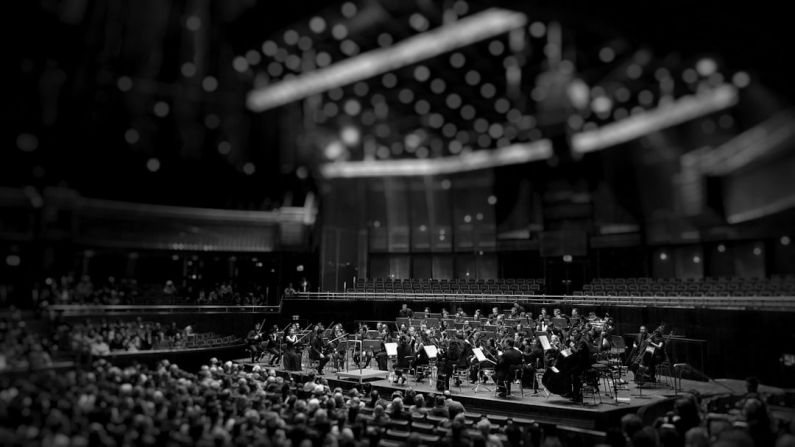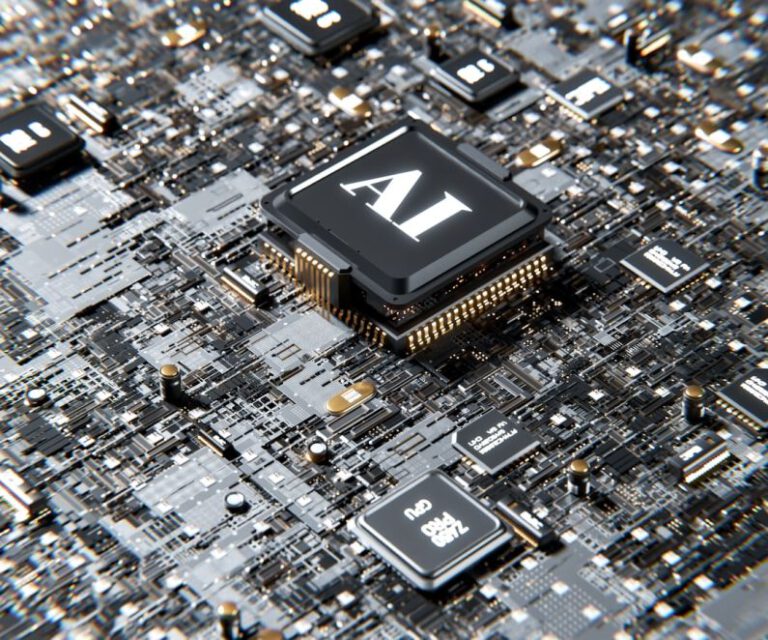Quantum Computing Vs. Classical Computing: Understanding the Differences
In the world of computing, there are two primary paradigms that have been making waves in recent years: quantum computing and classical computing. While both aim to process information and perform calculations, they operate on fundamentally different principles. Understanding the differences between quantum and classical computing is essential for grasping the potential impact each could have on the future of technology and data processing.
Quantum Computing: Harnessing Quantum Mechanics
Quantum computing harnesses the principles of quantum mechanics, a branch of physics that deals with the behavior of particles at the smallest scales. At its core, quantum computing relies on quantum bits, or qubits, which can exist in multiple states simultaneously thanks to the phenomenon of superposition. This means that a qubit can represent both a 0 and a 1 at the same time, enabling quantum computers to process vast amounts of data in parallel.
One of the most fascinating aspects of quantum computing is entanglement, where qubits become interconnected and can instantly influence each other’s states regardless of the distance between them. This property allows quantum computers to perform complex calculations at speeds that would be impossible for classical computers.
Classical Computing: Binary Logic and Sequential Processing
Classical computing, on the other hand, operates on binary logic, where data is processed using bits that can only be in one of two states: 0 or 1. This sequential processing model requires executing instructions one at a time, limiting the speed and efficiency of classical computers when faced with complex problems that require massive parallel processing.
While classical computing has been the foundation of technological advancements for decades, its limitations are becoming increasingly apparent as the demand for faster and more powerful computing systems grows. This is where quantum computing emerges as a potential game-changer, offering the promise of solving problems that are currently beyond the reach of classical computers.
Key Differences Between Quantum and Classical Computing
1. Processing Power: Quantum computers have the potential to vastly outperform classical computers when it comes to processing power due to their ability to leverage superposition and entanglement. This means that quantum computers have the capability to solve complex problems exponentially faster than their classical counterparts.
2. Algorithms: Quantum computing requires a different set of algorithms compared to classical computing due to the unique properties of qubits. Quantum algorithms, such as Shor’s algorithm for factoring large numbers and Grover’s algorithm for searching unsorted databases, showcase the immense potential of quantum computing in areas such as cryptography and optimization.
3. Error Correction: Quantum computers are inherently prone to errors due to environmental factors and the delicate nature of qubits. Developing effective error correction techniques is crucial for the practical implementation of quantum computing on a large scale. In contrast, classical computing systems benefit from well-established error correction methods that ensure reliable and accurate processing of data.
4. Applications: While classical computing excels in tasks that require sequential processing and precise calculations, quantum computing shows promise in areas such as cryptography, drug discovery, optimization, and artificial intelligence. The unique capabilities of quantum computers open up new possibilities for tackling complex problems that classical computers struggle to solve efficiently.
Looking to the Future: Coexistence and Collaboration
As quantum computing continues to evolve and mature, it is becoming increasingly clear that both quantum and classical computing have distinct strengths and weaknesses that can complement each other. Rather than viewing quantum computing as a replacement for classical computing, it is more productive to see them as complementary tools that can be used in tandem to tackle a diverse range of problems.
In conclusion, understanding the differences between quantum and classical computing is essential for navigating the rapidly evolving landscape of technology and innovation. While quantum computing holds the promise of revolutionizing the way we process information and solve complex problems, classical computing remains a vital foundation of our current technological infrastructure. Embracing the unique capabilities of both paradigms can pave the way for groundbreaking advancements and discoveries in the years to come.






